A couple of other, well, less earthshaking robot revelations from this week's CES show ...
And then this ... I guess you have to pay extra for a head ...
For those who want Alexa to spy on you in the shower ...
Gassho, J
STLah
One of the surprise stars at the 2020 CES consumer electronics show this week was a cute, tiny robot with an electronic teddy bear face that brings toilet paper rolls to bathroom users on command.
The "RollBot" is designed to solve a common household problem: When you're in the middle of a bathroom break and you realize you're out of toilet tissue. The miniature, two-wheeled droid can be controlled using a smartphone app.
The unusual gadget is part of GoLab, one of the latest marketing innovations commissioned by Charmin, the P&G-owned toilet paper and tissue brand known for its creative -- and often humorous -- marketing exploits.
"This builds on our mission to always bring better bathroom experiences to unexpected places and showcases our relentless obsession with helping people 'Enjoy the Go,'" a Charmin spokesperson running the GoLab booth at CES for Charmin, told CNN Business.

https://www.youtube.com/watch?v=gRpNYoCLKxM
The "RollBot" is designed to solve a common household problem: When you're in the middle of a bathroom break and you realize you're out of toilet tissue. The miniature, two-wheeled droid can be controlled using a smartphone app.
The unusual gadget is part of GoLab, one of the latest marketing innovations commissioned by Charmin, the P&G-owned toilet paper and tissue brand known for its creative -- and often humorous -- marketing exploits.
"This builds on our mission to always bring better bathroom experiences to unexpected places and showcases our relentless obsession with helping people 'Enjoy the Go,'" a Charmin spokesperson running the GoLab booth at CES for Charmin, told CNN Business.

https://www.youtube.com/watch?v=gRpNYoCLKxM
And then there were the robo-cats. A startup called Elephant Robotics developed a robotic pet cat called MarsCat. The bionic feline can walk, stretch, play with toys, avoid obstacles and bite its nails. It can also recognize human faces and knows 20 commands and phrases, including "sit" and "come here." It may be the only time a cat will listen to you.
Not to be outdone, Yukai Engineering unveiled a headless robot kitten intended for people who want to own a pet but can't because of allergies or restrictions where they live.
https://www.youtube.com/watch?v=afEQxlBtQBo
Not to be outdone, Yukai Engineering unveiled a headless robot kitten intended for people who want to own a pet but can't because of allergies or restrictions where they live.
https://www.youtube.com/watch?v=afEQxlBtQBo
Good news for people who enjoy singing in the shower: Kohler announced a new showerhead with a smart speaker and Amazon's Alexa voice assistant built in.
...
Kohler is debuting other bathroom tech this year, too. Besides the Moxie showerhead, the company is also featuring its latest Numi intelligent toilet and a digital shower system that lets you remotely start a shower or bath from an app.
...
Kohler is debuting other bathroom tech this year, too. Besides the Moxie showerhead, the company is also featuring its latest Numi intelligent toilet and a digital shower system that lets you remotely start a shower or bath from an app.
STLah
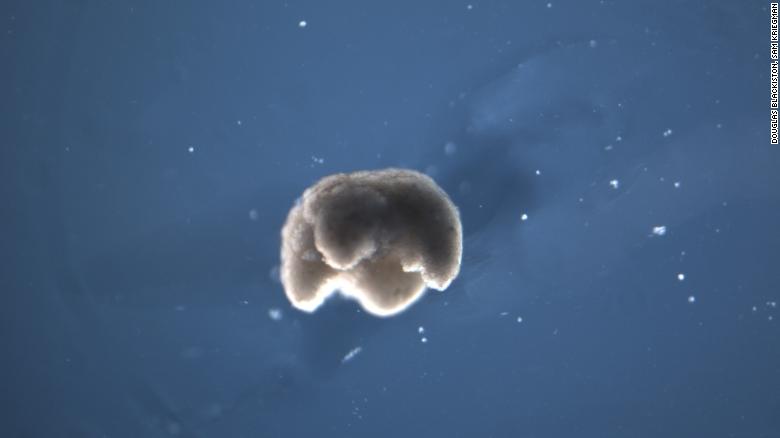
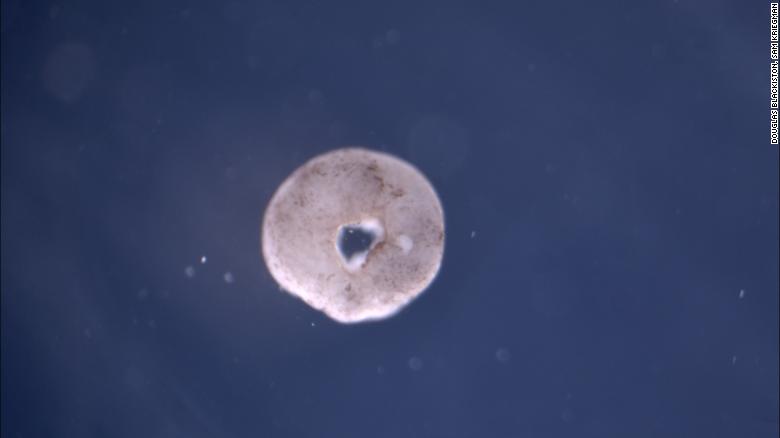
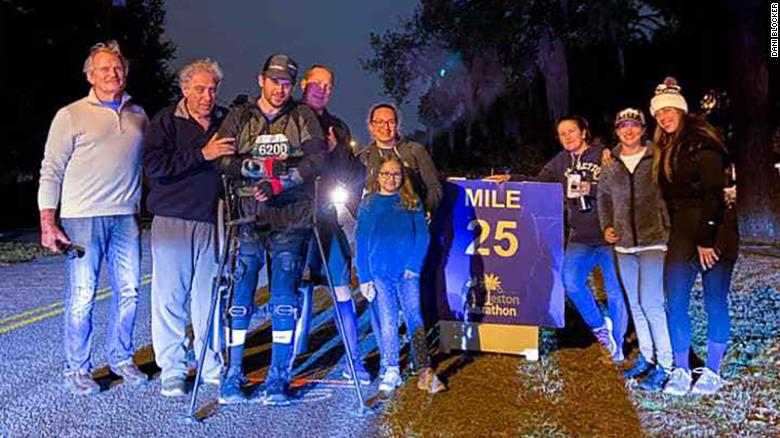



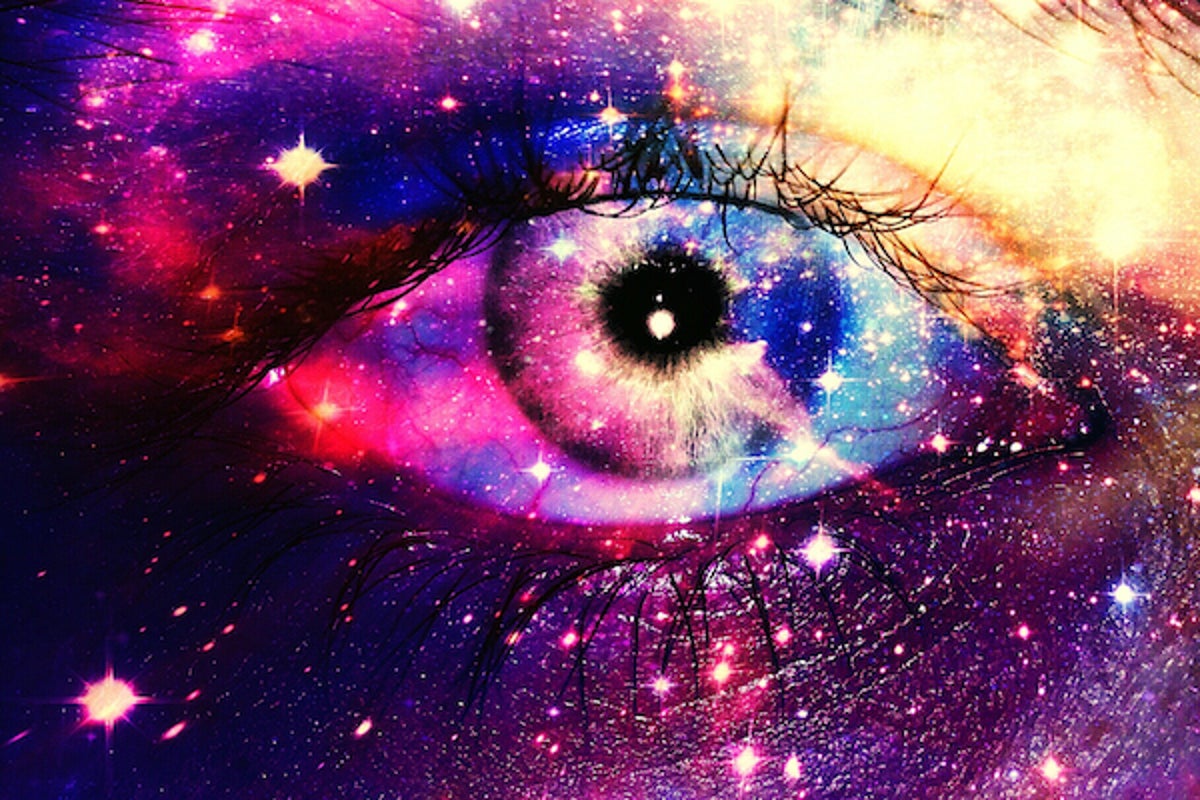
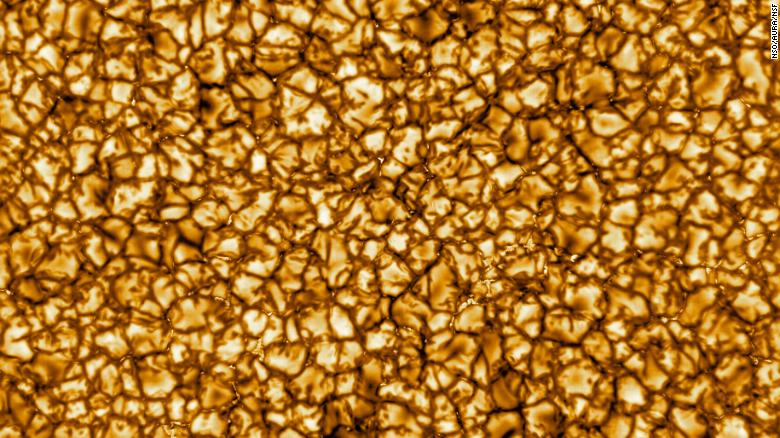

Comment